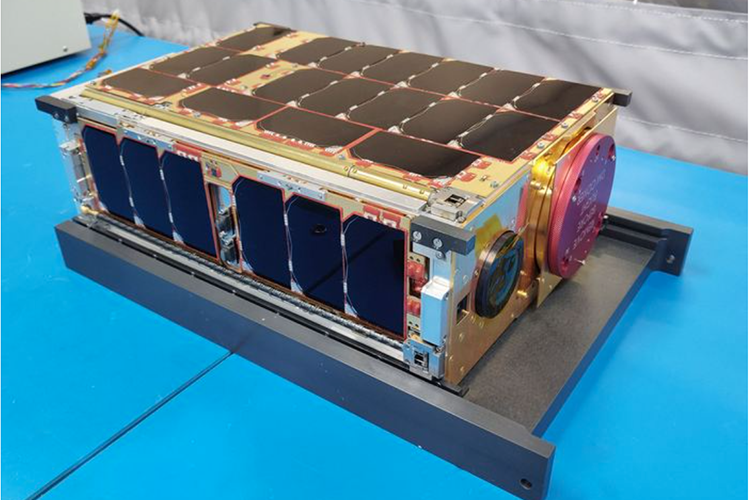
On Nov. 26, a SpaceX Falcon 9 rocket ferrying supplies to the International Space Station also carried a small satellite containing a scientific instrument built by researchers at The University of Texas at Dallas.
The CubeSat nanosatellite – rectangular and about the size of two loaves of bread – is part of the CubeSat Launch Initiative and will be used to study the ionosphere, a region of the Earth’s upper atmosphere that is composed of electrons and other charged particles called plasma.
UT Dallas researchers at the Center for Space Sciences, part of the Department of Physics in the School of Natural Sciences and Mathematics, have built ion velocity meters for several other satellite missions to study the ionosphere.
Read the full article on the UTD Magazine website.
Help us leave the planet a better place for future generations. Your support for the School of Natural Sciences and Mathematics funds scientific discoveries with real-world applications, student and faculty recruitment, and academic scholarships.